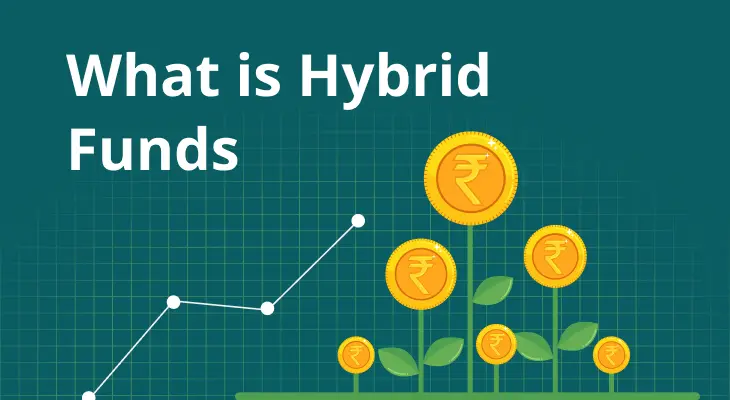Understanding Tax Saving Mutual Funds (ELSS) in India
Equity Linked Savings Schemes (ELSS) are a popular category of mutual funds in India that offer the dual benefits of tax savings and potential for high returns through equity investments. These funds are specifically designed to help investors save on taxes while also participating in the growth of the equity markets. In this blog, we will explore the characteristics and benefits of ELSS funds, and how they can be a valuable addition to your investment portfolio.
Equity Linked Savings Schemes (ELSS)
What Are ELSS Funds?
Equity Linked Savings Schemes (ELSS) are mutual funds that invest predominantly in equities and equity-related instruments. They come with a lock-in period of three years and offer tax benefits under Section 80C of the Income Tax Act, making them an attractive option for investors looking to save on taxes while aiming for high returns.
Characteristics
- Tax Benefits: Investments in ELSS funds are eligible for a tax deduction of up to ₹1.5 lakh under Section 80C of the Income Tax Act. This makes ELSS a preferred choice for tax-saving purposes.
- Lock-In Period: ELSS funds have a mandatory lock-in period of three years, which is the shortest among all tax-saving investment options under Section 80C. This lock-in period helps inculcate a disciplined investment approach.
- High Return Potential: Being equity-oriented, ELSS funds have the potential to generate higher returns compared to traditional tax-saving instruments like Public Provident Fund (PPF) or National Savings Certificate (NSC).
- Diversification: ELSS funds invest across various sectors and market capitalizations, providing diversification benefits and reducing the risk associated with investing in a single stock or sector.
- Systematic Investment Plan (SIP): Investors can opt for SIPs to invest in ELSS funds, allowing them to invest small amounts regularly and benefit from rupee cost averaging.
Benefits of ELSS Funds
- Tax Savings: The primary benefit of ELSS funds is the tax deduction of up to ₹1.5 lakh under Section 80C, which can significantly reduce your taxable income.
- Potential for High Returns: By investing in a diversified portfolio of equities, ELSS funds offer the potential for higher returns over the long term compared to other tax-saving instruments.
- Short Lock-In Period: The three-year lock-in period is the shortest among all Section 80C investments, providing liquidity and flexibility to investors.
- Wealth Creation: ELSS funds are suitable for long-term wealth creation due to their equity exposure, making them an excellent option for achieving financial goals.
- Professional Management: ELSS funds are managed by professional fund managers who have the expertise to select the right stocks and manage the portfolio effectively.
Suitability
ELSS funds are suitable for individuals looking to save on taxes while aiming for long-term capital appreciation. They are ideal for investors with a higher risk tolerance, given the equity exposure, and a minimum investment horizon of three years.
Example: If you are looking to save on taxes and invest for the long term, the Axis Long Term Equity Fund could be a good option. This ELSS fund has a strong track record and invests in a diversified portfolio of high-quality stocks.
Conclusion
Equity Linked Savings Schemes (ELSS) are a compelling investment option for those looking to combine tax-saving benefits with the potential for high returns. With their short lock-in period, diversification, and professional management, ELSS funds can be an excellent addition to your investment portfolio. By understanding the characteristics and benefits of ELSS funds, you can make informed decisions to achieve your financial goals while optimizing your tax savings.
Disclaimer: This blog is for educational purposes only and does not constitute investment advice. Please consult with a financial advisor before making any investment decisions.




